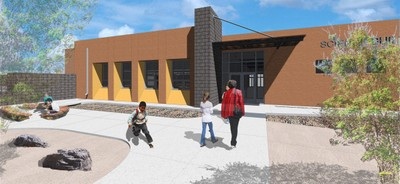City: Will Changing The City’s Building Requirements Be A Boon Or A Bust?
Will Changing The City’s Building Requirements Be A Boon Or A Bust?


Notable Green Buildings, CABQ

Grant Middle School
Notable Green Buildings, CABQ








